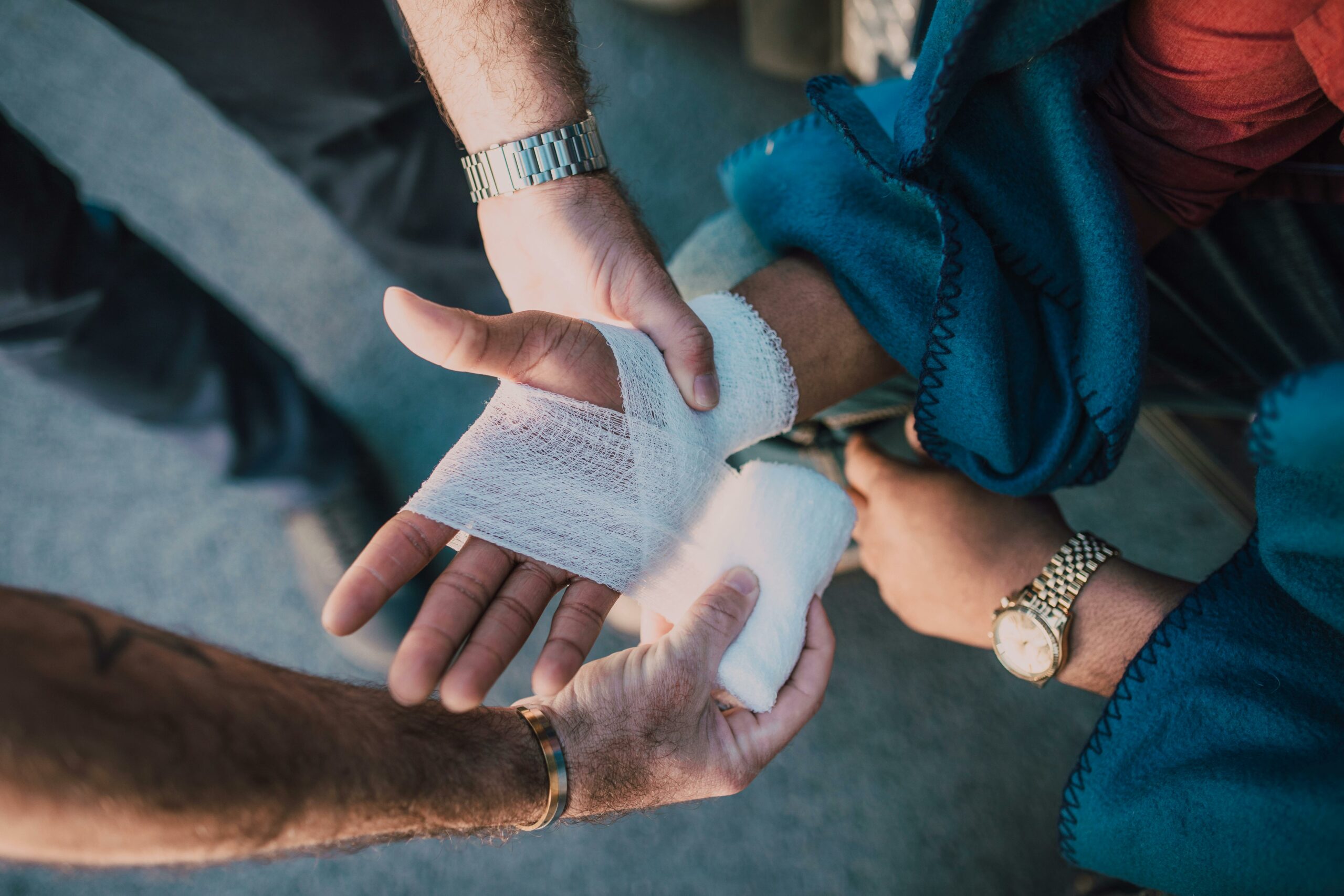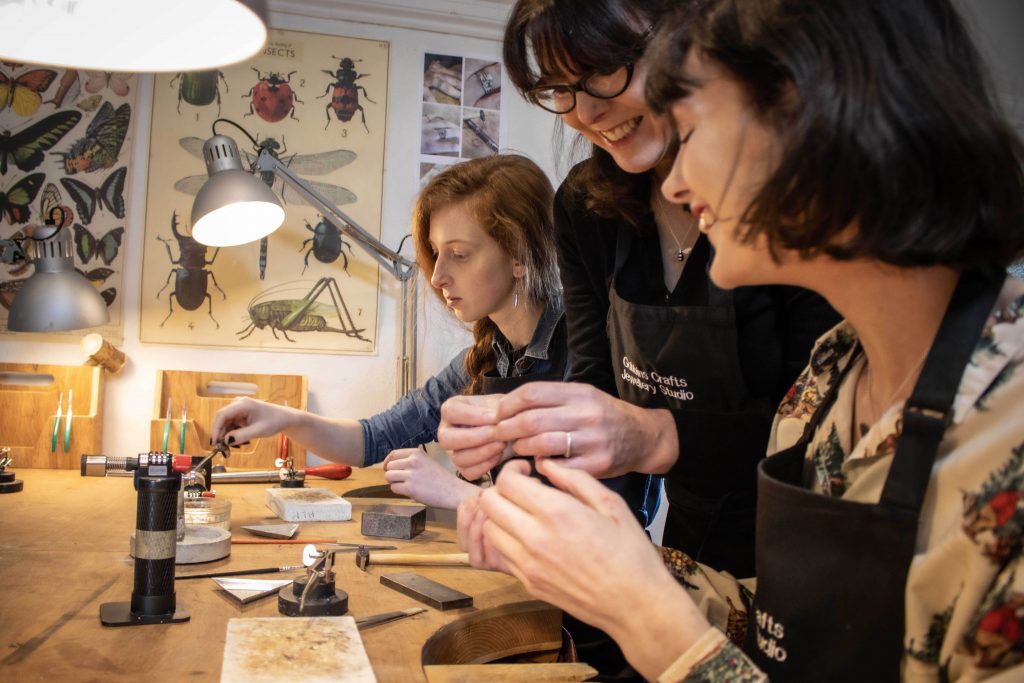A new study has revealed the leading causes of DIY-related injuries, with ‘falls’ topping the list.
The online steel supplier, Steel Products Direct, obtained data from the National Safety Council Injury Facts to determine the leading causes of DIY accidents, focusing on the ‘home injuries’ category. The most prevalent accidents were ranked based on their injury rate per 100,000 people to discover the leading causes of DIY-related injuries.
Falls
The study found that falls are the leading cause of DIY-related injuries, with a staggering accident rate of 2,103.50 per 100,000 people. In 2021, 6,981,390 people visited the hospital after suffering from a fall.
If you’re working on roofing projects, it’s crucial to wear protective clothing, such as a hard hat. Always check the roof for damage before starting on your DIY project, and never carry out any roofing projects in unsafe conditions, such as heavy rain. If you’re feeling apprehensive about DIY roofing projects, it’s always safer to consult a professional.
If you’re using a ladder, always ensure that it’s completely secure, and remember that ladders shouldn’t be used for any lengthy DIY projects at the risk of losing balance.
Stairs, ramps, landing, and floors
The ‘stairs, ramps, landings, and floors’ category is second on the list, with an accident rate of 825.50 per 100,000 people. In 2021, this category was responsible for 2,727,809 injuries.
As these figures show, falling down a flight of stairs is a prevalent cause of DIY-related injuries. These falls are typically caused by unsafe flooring, such as torn carpets, or by using a ladder on stairs without taking the correct safety precautions.
Do not attempt to carry out any DIY projects on incredibly steep stairs. It’s always better to consult a professional in these situations to prevent injury. If you are using a ladder on a set of stairs, it’s critical to guarantee that the ladder’s base is firmly secured. Again, ask someone to hold down the other end for extra protection.
Keep the ladder at a suitable height and avoid overreaching, as this can cause you to lose balance. If you’re considering using a ladder on the stairs, it’s worth investing in a ladder-aide or a combination ladder to prevent nasty falls.
Poisonings
The study found that poisonings are the third-leading cause of DIY-related accidents, with an injury rate of 522.60 per 100,00 people. In 2021, poisonings caused 1,734,576 injuries.
Some DIY products contain incredibly toxic chemicals, which can result in injury if mishandled. When handling potentially harmful chemicals, it’s vital to wear gloves and, in some cases, eye protection.
Avoid mixing different chemicals unless you have thoroughly researched the product. Certain chemical combinations can result in serious injuries, such as burning eyes, chest pain, and shortness of breath. For example, bleach should never be mixed with ammonia or rubbing alcohol at the risk of causing a toxic gas. Always ensure that products containing harmful chemicals are stored correctly and kept out of reach of children.
The top 5 leading causes of DIY accidents
|
Rank |
Cause of Injury |
Injury Rate per 100,000 people |
|
1 |
Falls |
2,103.50 |
|
2 |
Stairs, Ramps, Landing, Floors |
825.50 |
|
3 |
Poisonings |
522.60 |
|
4 |
Ceilings and Walls |
92.90 |
|
5 |
Ladders, stools |
65.00 |
Ceilings and walls
The ‘ceilings and walls’ category is the fourth most prevalent cause of DIY-related injuries, with an accident rate of 92.90 per 100,000 people. In 2021, 306,891 people visited the hospital with injuries caused by ceilings and walls.
It’s essential to always wear a mask when working on DIY projects involving ceilings and walls due to the amount of drywall dust caused by drilling and sanding. Breathing in drywall dust can be incredibly harmful and can cause worrying respiratory damage, such as a severe cough, shortness of breath, and tightness in the chest.
Because of this, it’s always best to stay safe by wearing a dust mask during home renovation projects and always use a wet sanding sponge to limit the spread of drywall dust.
If the ceilings and walls are damaged and show signs of being unsafe, such as cracking and sagging, then immediately consult a professional at the risk of a structural collapse. Water damage is a leading cause of structural damage, so it’s hugely significant to be aware of the signs of this, such as mould, discolouration or peeling paint.
Ladders and stools
Ladders and stools are the fifth-leading cause of DIY accidents, with an injury rate of 65 per 100,000 people. According to the study, there were 214,716 injuries caused by ladders and stools in 2021.
It’s essential to ensure your ladder is secure before embarking on a DIY project to prevent a fall, even if you’re just working on a quick painting project. Do not place your ladder on a slippery surface or stack it atop another object. If you’re concerned about the stability of your ladder, ask someone to hold down the other end. It’s always better to be safe than sorry.
It’s also essential to ensure that you wear the correct footwear while using a ladder, as shoes without any grip can result in a nasty fall. Always ensure you’re not carrying heavy equipment when using a ladder, as this can result in a loss of balance.
Interestingly, the study found that hatchets and axes caused the fewest DIY injuries but still amassed an accident rate of 3.2 per 100,000 people. In 2021, 10,617 reported suffering injuries from hatchets or axes, so it’s essential to wear gloves when handling sharp tools and to ensure that you give yourself enough room.
Tom Barrett, the Chief Commercial Officer of Steel Products Direct, has commented:
“While it’s fantastic to see more people discover a passion for DIY, this enlightening study shows the significance of taking the proper safety precautions. Whether you’re building furniture, stripping off old wallpaper, or just giving the walls a fresh lick of paint, your safety and that of others should always be your top priority.
“Hand-powered tools are another leading cause of injury, so always wear the appropriate clothing when completing DIY projects and avoid wearing loose-fitting clothing and jewellery. It’s crucial to stay vigilant and be aware of the potential dangers around you, no matter how experienced you are with DIY”.
This information was provided by the online steel supplier, Steel Products Direct.





